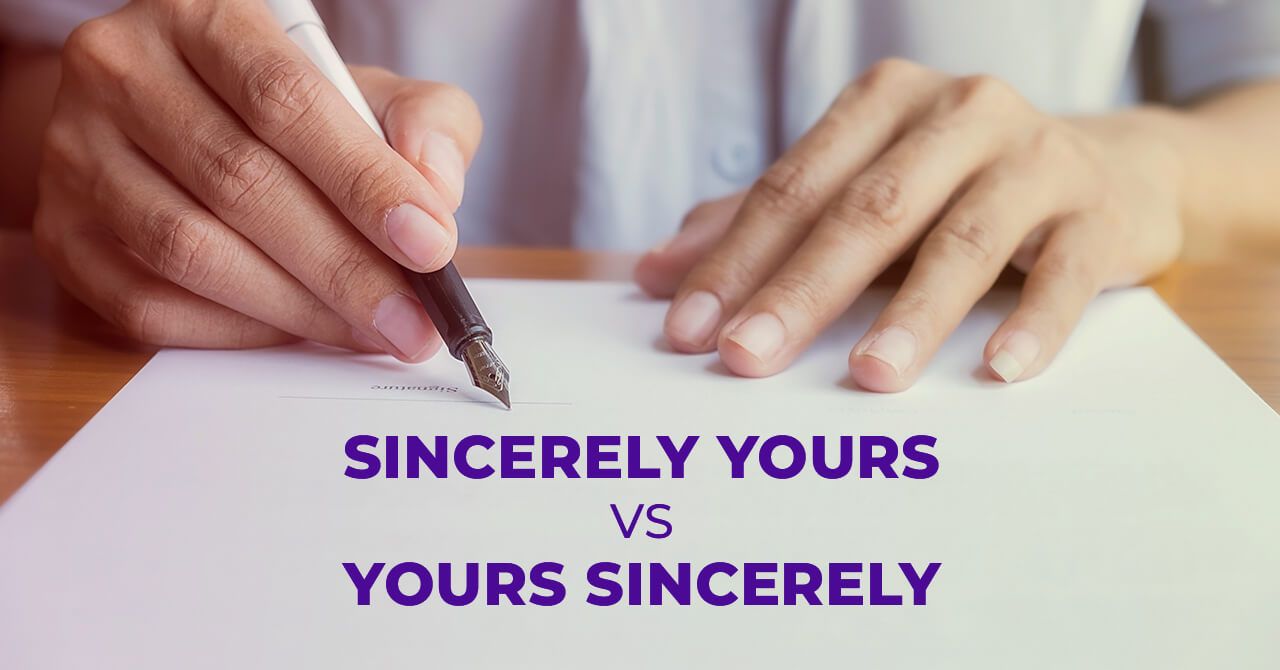
How to Use the Past Perfect Tense and Example Sentences
The past perfect is a verb tense that shows that action took place in the past before another moment.

What Is the Difference Between the Words “Ax” and “Axe”?
While “ax” can be used in some parts of the world, such as North America, the most common spelling remains the version ending in the letter “e.”

How to Use Transition Sentences to Make Your Writing Read Better
Transition sentences are like the bridge between two sentences or paragraphs. They help one idea transition to another, showing the reader what the link is between two parts of a text and making it more fluid and easy to read.

When to Use “Be Patient” or “Have Patience”?
We can use “be patient” and “have patience” interchangeably in most cases.

The Meaning and Difference Between “Sincerely Yours” and “Yours Sincerely”
Signing off a letter with “sincerely yours” or “yours sincerely” implies that the contents of the letter are genuine and that you are a trustworthy correspondent.

How to Identify Linking Verbs with Examples
Linking verbs can describe a state of being, a result of something, or even one of the five senses.

What “Eponymous” Means and All of the Things It Can Describe
“Eponymous” is an adjective that refers to a person, place, or thing that lends its name to something. This thing after whom something is named is called an eponym.

When to Use a Prepositional Phrase and Example Sentences
A prepositional phrase is a group of words that contains a preposition, as well as an object of the proposition, which can be a noun, pronoun, gerund, or adverb.